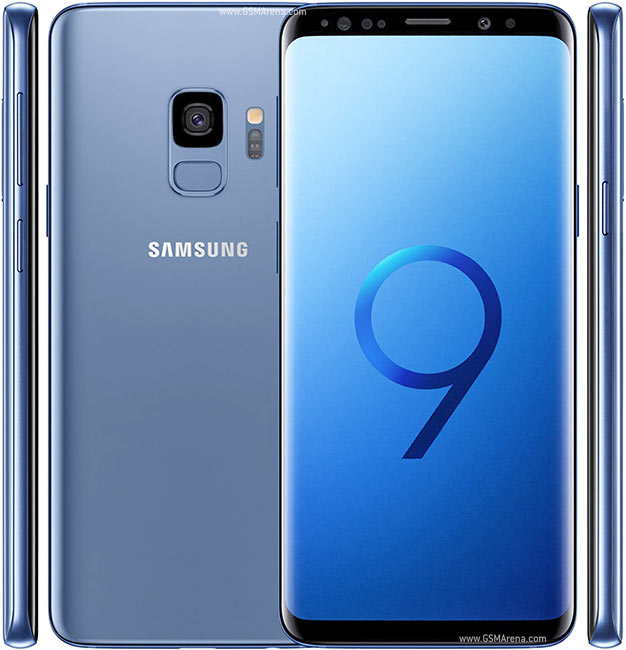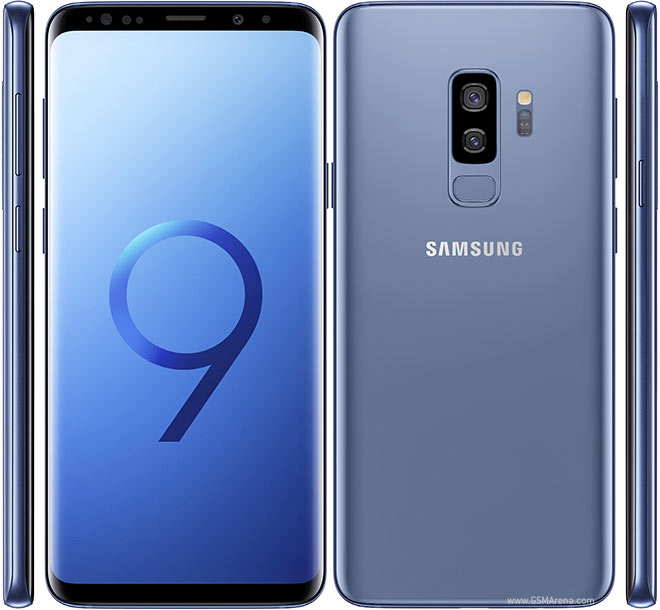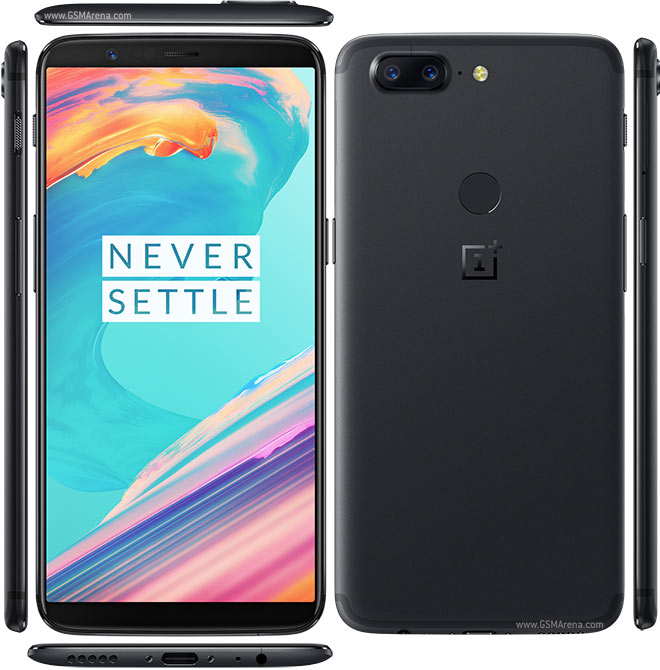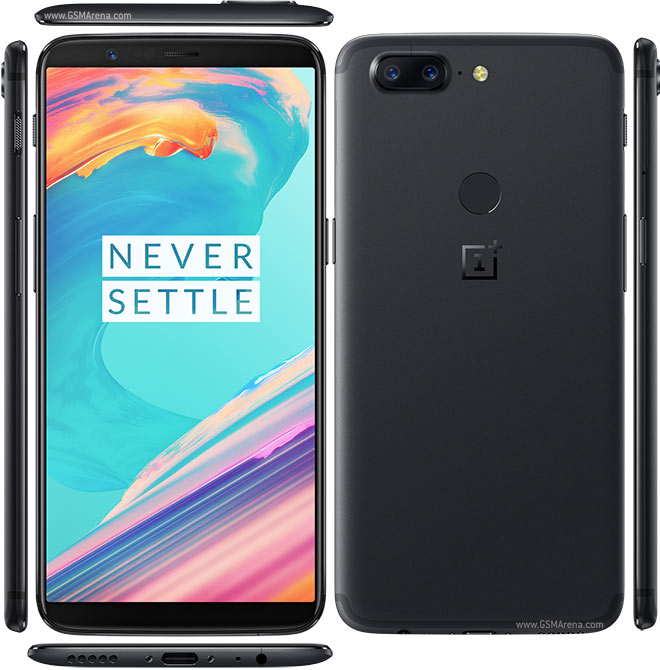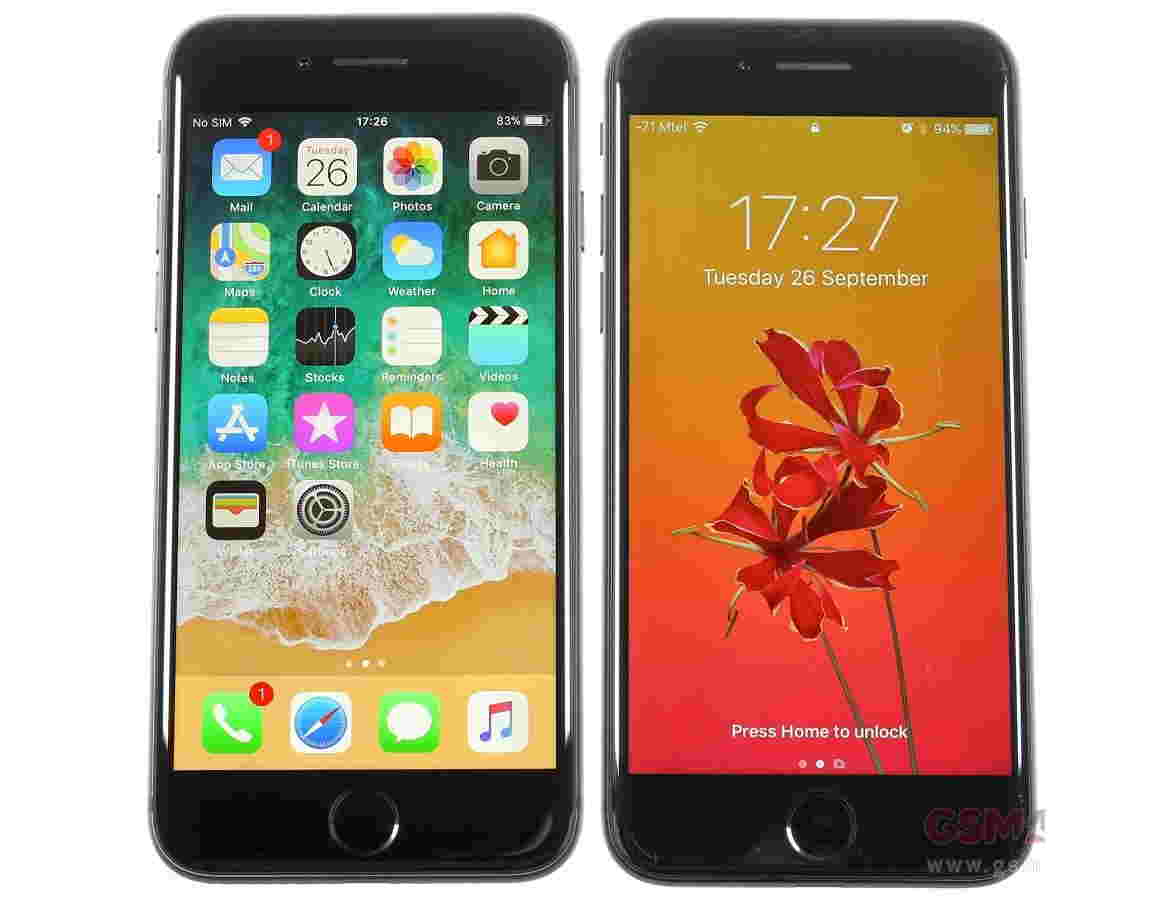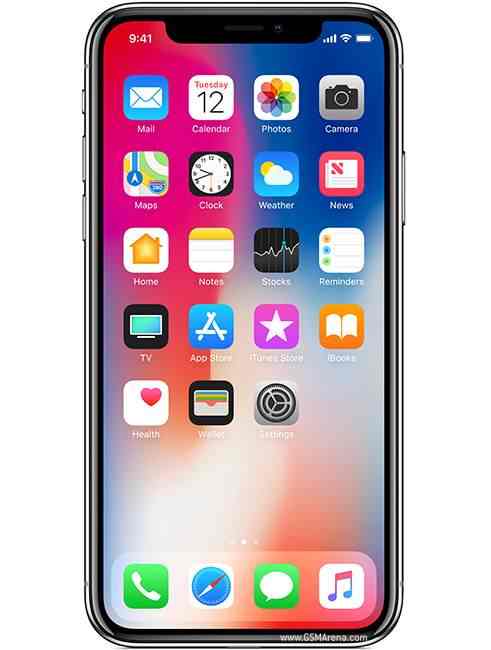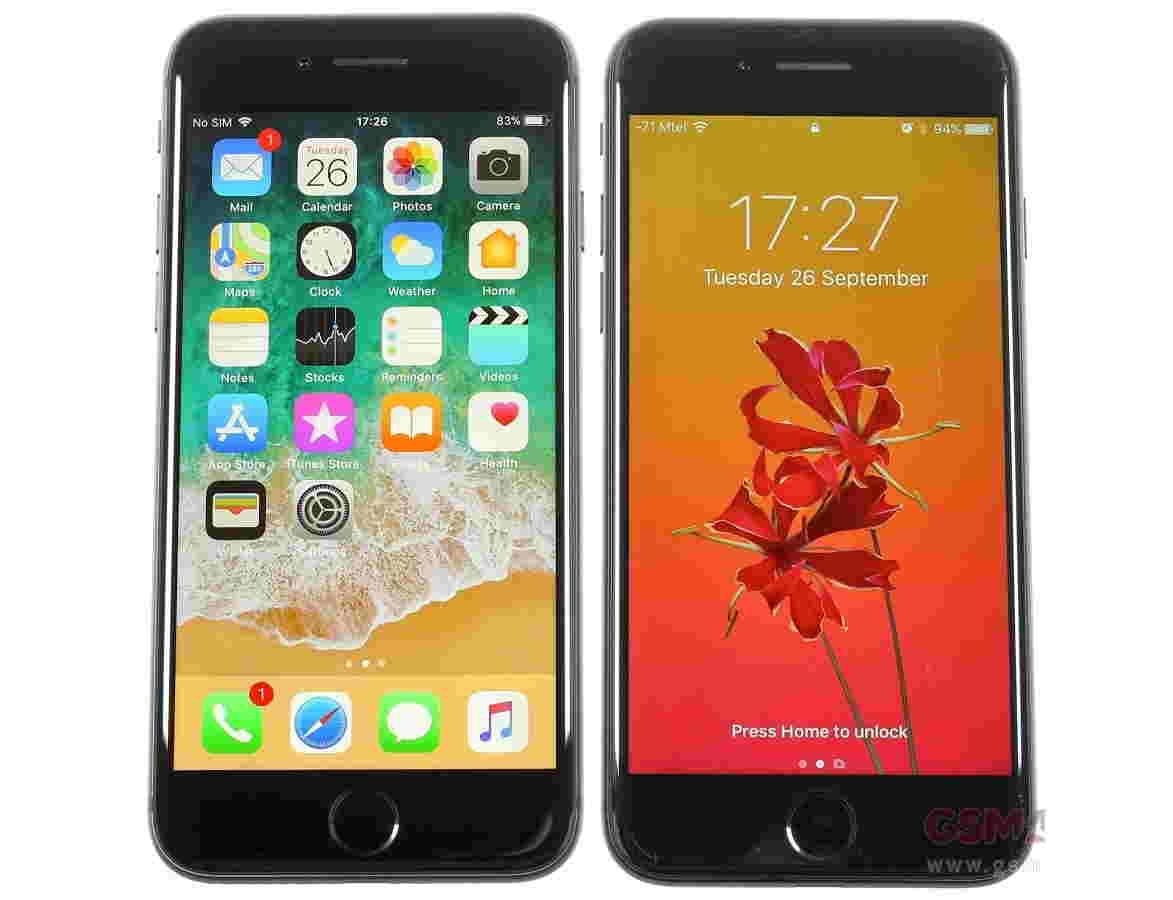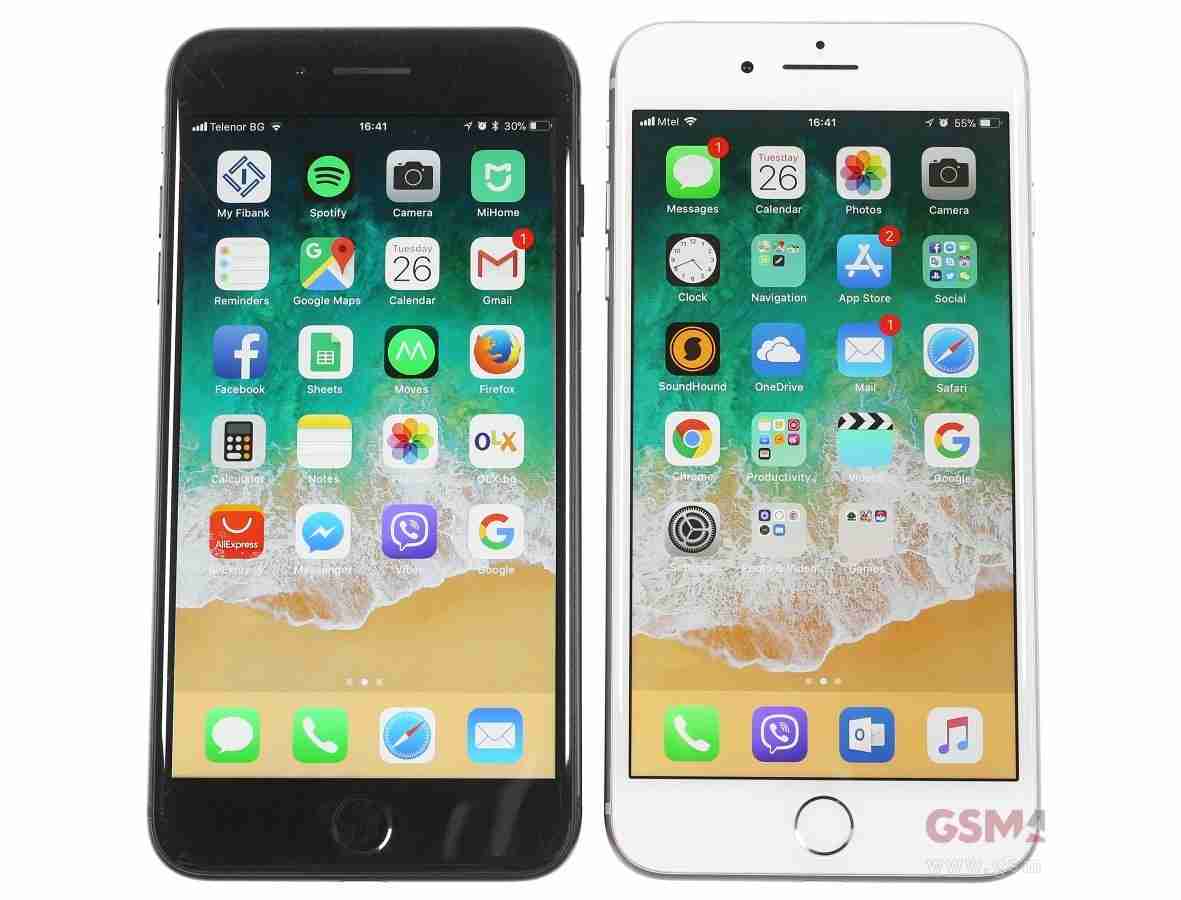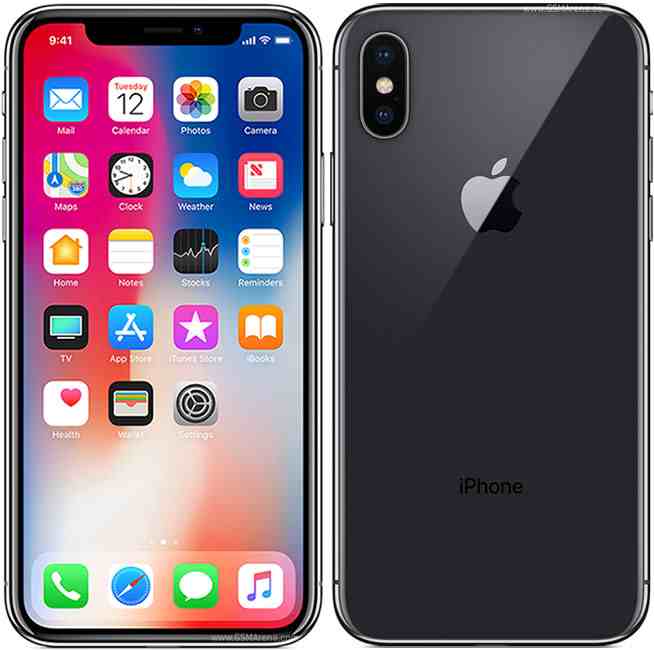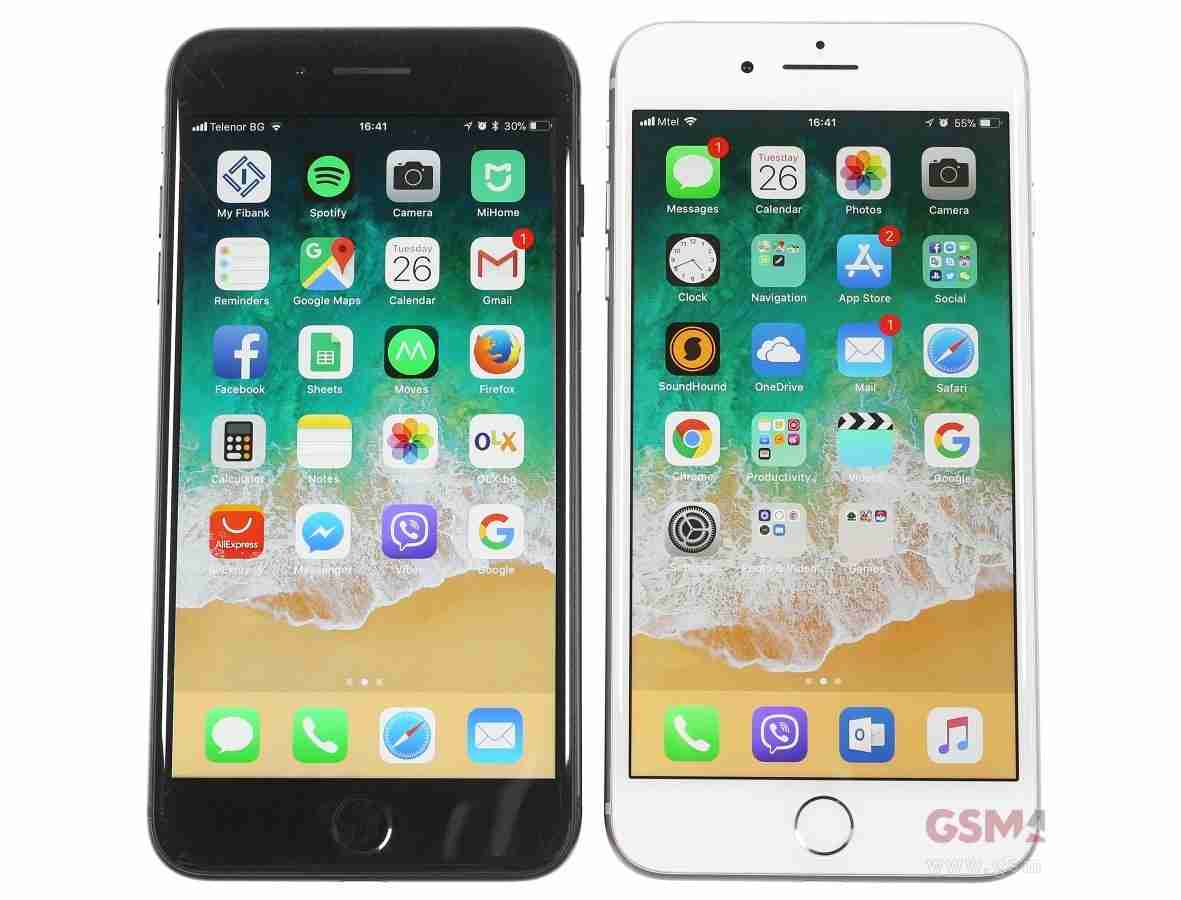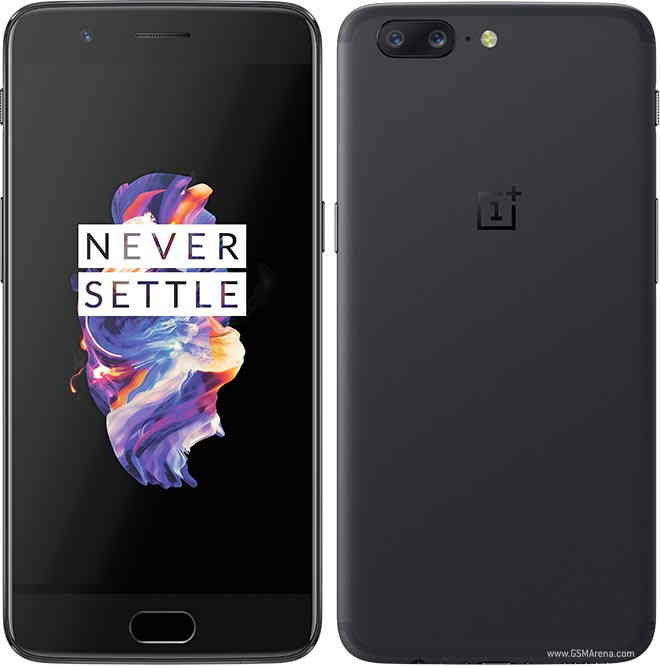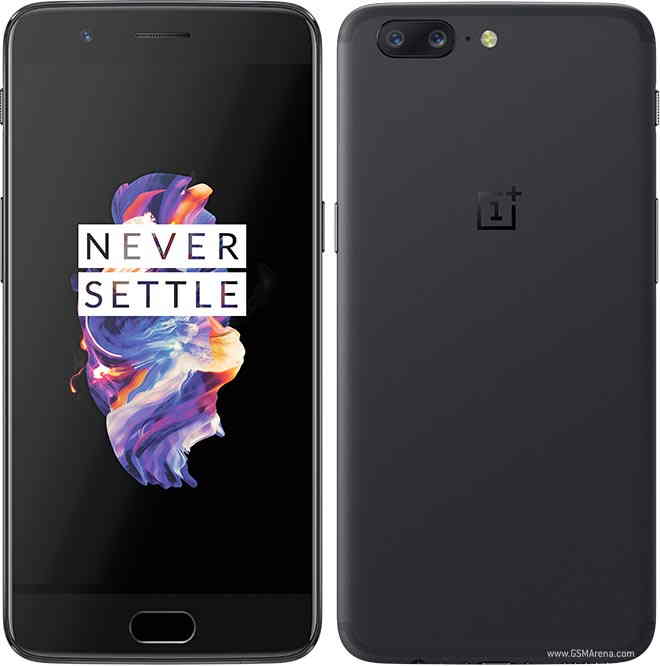Price: 16GB £539, 64GB £649, 128GB £699
Rating: 8
It's been exactly three months since the iPhone 6 launched, and there's more competition than ever. Is this the phone to buy, or should you go for an iPhone 6 Plus instead? Perhaps a Samsung Galaxy S5, or the Google Nexus 6? Maybe a Sony Xperia Z3 - the choice ofsmartphones is almost endless. (See also: the 42 best smartphones of 2014.)
In our iPhone 6 review we'll explain everything you need to know, including what Apple's finest is like to live with over a long period.
iPhone 6 review: UK price
The iPhone 6 is the smaller of Apple's two new iPhones in 2014. It runs the latest Apple mobile operating system: iOS 8. Apple has dropped the price compared to the iPhone 5S, so the iPhone 6 now starts at £539 for the 16GB model. You will likely need more space than that (the actual usable space is closer to 12GB which will quickly fill with apps, photos, videos and music), and the 64GB will set you back £619, but you'll thank yourself for spending the extra for that superior stoarge capacity. £699 gets you a 128GB iPhone 6.
To put that in context the most recent flagships from Samsung and Sony start from around £550, the Nexus 6 is £499, while theHTC One (M8) costs around £450 and the LG G3 has now dropped to under £300. The iPhone 6 is an expensive flagship phone, but it is in among the pack with the top Androids these days. For more on buying the iPhone 6, see Where to buy iPhone 6 and iPhone 6 Plus in the UK: Price, pre-orders, deals and contracts.

iPhone 6 review: iPhone 6 design and build
Built around a bigger display, the iPhone 6 is the most radical design change in the iPhone lineup since the iPhone 4 came along. At 138.1 x 67 x 6.9 mm it is certainly not a small phone, although it is uncommonly thin. And 129 g is very light for a large-screen smartphone: much as you would expect from Apple.
In fact, having lived with it since the launch, we've grown to love the iPhone 6. Initially, the larger screen felt enormous (not ungainly like the 6 Plus) but now it's the 4in iPhone 5 and 5S which feels 'wrong'. The 4.7in screen size has proven to be pretty much the ideal size and compromise between pocketability and usability. Find out more about Apple's upgrades in our piece, iPhone 5s vs iPhone 6 comparison review: What's the difference between iPhone 5s and iPhone 6?

We love the top-end build quality and the smooth, curved edges which join the curved edges of the screen.
We're not so keen on the placement of the power button opposite the volume buttons, though. It's far too easy to turn off the phone when you meant to adjust the volume or take a photo. It's something you adapt to, subconsciously avoiding gripping the handset with fingers at the same height on both sides.
The other observation we can make now which we couldn't at launch is that - just like the iPhone 6 Plus - the iPhone 6 isn't really usable one-handed. It's too much of a stretch to reach all the screen with one hand, yet we've not found 'reachability' to be the answer. In fact, we only use it by accident. When you double-tap the home button, the screen slides down (as below) so your thumb can reach the things in the top half that are otherwise too far away.

The reality is that we've simply switched to a two-handed approach, holding the phone in one hand and controlling whatever is on screen with the other. At least with the iPhone 6 it isn't unwieldy and top-heavy like the 6 Plus - it's noticeably lighter and easier to handle.
iPhone 6 review: iPhone 6 display
A smartphone's display has become a key way to differentiate one high-end smartphone from another. But the specs are very far from the full story: theLG G3 has a great display not because it is a QuadHD display, but because it looks amazing.

The iPhone 6's 4.7in display is nothing special on paper. It is an LED-backlit IPS LCD, capacitive touchscreen. You get, as you would expect, shatter proof-glass with an oleophobic coating. Into this display is packed 750 x 1334 pixels, making for a pixel density of 326ppi. It's the same pixel density on every iPhone since the original 'Retina' screen on the iPhone 4. The pixels aren't packed any tighter on the iPhone 6 than on the iPhone 5, there are just more of them because the screen is 110 pixels wider and 198 pixels taller. In real terms this means that if you can tell the difference between the LG G3 and the iPhone 6 display - and we can - you will notice the change here.
This is very much an iPhone screen: sharp and colourful, with realistic colour reproduction and good viewing angles. It doesn't have the brighter-than-bright colours of a Samsung OLED, or the staggering detail of a QuadHD display, but the high contrast and realistic colours mean you're not going to be disappointed.
iPhone 6 review: specs and performance
In many ways we've reached 'peak smartphone', in that we know a flagship phone from a major manufacturer is likely to be a top performer. We all like to compare, of course, but a few benchmark points here and there tend not to make much difference in the real world. This is important because Apple has - as ever - deliberately obfuscated the spec of its latest handset. Not for Apple Samsung's boasting about octacore processors and multiple megs of RAM. Apple likes to boast about odd specs such as 64-bit and 'Retina' displays, but it tends to avoid getting into hardware arms races. The iPhone 6 is no exception.

It comes with a dual-core Cyclone (ARM v8-based) CPU, known as an Apple A8. This chip runs at 1.4 GHz, has PowerVR GX6650 hexa-core graphics, and is paired with 1GB RAM. On the face of it this is not an amazing specification, but in our tests as ever the iPhone 6 was a top performer. Everything feels zippy and responsive. Even intensive gaming. But we shouldn't be surprised: it was the same with the iPhone 5s.
The iPhone 6 also sports a new version of its motion coprocessor, the M8. This chip collects sensor data as you use your iPhone, even if the A8 processor is resting. Using the new iOS 8 Health app you can wonder at graphs showing your daily steps, but you need to either carry your phone on your person at all times or use a separate activity tracker and a variety of other apps to get a complete picture.
iPhone 6 review: iPhone 6 benchmarks
For those who like to see benchmarks we ran the Geekbench 3 test. The iPhone 6 pulled in a single-core average of 1569, with a multi-core score of 2794. This is a minor improvement on the iPhone 5s' scores of 1409 and 2549. And for what it is worth the iPhone 6 beats the Galaxy S5's 926 points in the single-core test, but can't match its 2869 points in the multi-core test. For further comparison the HTC One M8 scored 962 points in the single-core test, and 2761 points in the multi-core test. So the iPhone 6 is a superfast phone that can just about compete with the best Androids, in general use. And that backs up our experience. For more on speed benchmarks, see What's the fastest smartphone 2014?
More impressive is graphics performance. In the updated GFXbench, the iPhone 6 achieved 26fps in Manhattan, and 49.1fps in T-Rex. These are top-of-the range scores, and even quicker than that the iPhone 6 Plus due to the fact it has fewer pixels to drive (the 6 Plus has a full HD 1920x1080 screen). Bottom line: the iPhone 6 is more than capable of handling even the most challenging games.
Finally, the average Sunspider JavaScript test score was an impossibly good average of 351ms. We're not big fans of this test as the numbers don't appear to correlate with actual browsing performance, but in the real world, the iPhone 6 is very speedy for loading and scrolling around web pages. It's usually your 3G, 4G or Wi-Fi connection that's the bottle-neck.
iPhone 6 review: iPhone 6 battery life
Perhaps more important than general performance is battery life. The iPhone 6 has a non-removable Li-Ion battery, and Apple makes some fairly bold claims in its behalf. We won't repeat those, as it's more useful to say that we usually manage two days' use before needing a recharge. And that's not exactly light use: we make copious use of email via 4G on our commute, and it gets plenty of other use for web browsing and the odd game. Obviously your mileage will vary: if you're an intensive gamer, you'll need to recharge every day. If you're the cautious type that doesn't like to leave the house with less than 50 percent remaining, you might find yourself recharging every night.

iPhone 6 review: software
Moving to software, iOS 8's broad aesthetic cues are almost exactly the same as iOS 7, with the same clean, minimal icons, and transparency effects in place of iOS 6's skeuomorphic design elements. It retains the bold (but very slightly toned down) colour palette of later iterations of iOS 7, which saw the bright green of iOS 7.0 darkened a touch.
iOS 8's interface is largely the same as iOS 7's too. But there are a few changes. Take the app-switching interface. As well as your open apps, this now shows circular thumbnails of recently 'used' contacts. Tap one of these and iOS 8 offers icons that let you ring, FaceTime or text that person, depending on what contact details you have available.
New features include the Apple Pay function, by which NFC is used to let you utilise your phone as a smart credit card. It is exciting, but not yet useful to UK consumers. (More on when Apple Pay is coming here.)
QuickType predictive typing is a big boost, offering Android-like swipe and type capabilites. Notifications have been improved so that you can respond as well as view messages and you can dismiss text messages from the lock screen, which is a nice bonus.
Importantly, iOS 8 looks great on the iPhone 6. As do upscaled apps designed for the smaller screens of previous iPhones, and ported on to the new handset. For more on iOS 8, see our full iOS 8 review.
iPhone 6 review: iPhone 6 cameras
There's a theme developing here. Never mind the specs: feel the quality. Apple has clearly eschewed the megapixels arms race in speccing up the cameras for the iPhone 6.

The main, rear-mounted camera is an 8Mp snapper that captures 3264 x 2448 pixel images. It has a 1/3in sensor, and offers face-detection, autofocus, and a dual-LED flash. Video is captured at 1080p and 720p, at 60fps and an amazing 240fps slo-mo. (It's worth pointing out that if you keep your iPhone in a case, there's no need to worry about the fact the camera sticks out slightly as it's usually slimmer than a case. Those who prefer their iPhones naked might be annoyed that it wobbles on a flat surface.)
That 8Mp sensor doesn't sound like much, and Apple is right when it says we shouldn't worry. Fact is, the iPhone 6 takes excellent photos. While the iPhone 6 lacks the optical stabilisation of the 6 Plus, it's still capable of sharp and detailed images with great exposure and accurate colours. If it had an optical zoom, it could almost replace a dedicated camera. What's important is that you'll have a great camera on you all the time if you buy an iPhone 6. Plus, the good news is that Olloclip's lenses are now available for the iPhone 6, which brings wide-angle, fisheye and two macro lenses in one package.

The image above is unedited, except to be resized to 1200 pixels wide - click it to make it bigger.
The image below is a 100 percent crop from the original photo (not the resized version). It shows that the iPhone 6 doesn't oversharpen photos - it's a little soft - but with some careful editing you can get even better quality.

Here's a short clip we shot to test out the new 'focus pixels' and it shows the system works well, shifting focus quickly and accurately. It's also clear that video quality is very good, with lots of sharp detail, and decent sound, albeit of the traffic hum on the Euston road. The iPhone 6 still has reasonable stabilisation, but it isn't as smooth as the 6 Plus.
If there's one gripe - and it's very minor - it's that there's no support for 4K video. As with previous iPhones, the iPhone 6 tops out at 1080p, which will be fine for the majority of people for the lifetime of the handset.
Here's a short demo of the time-lapse mode, shot handheld for a couple of minutes. It's very much advisable to use a stand.
iPhone 6 review: verdict
If you are an iPhone user, and you specifically want an iPhone to be your next smartphone, the iPhone 6 is the best yet. It's a slick, well-built, beautifully designed handset. Performance is good, the display is good, and the iOS eco-system is, well, good.
Where the choice becomes more difficult is in quantifying the value of the iPhone 6 in the wider market. Step over to the Android world and you could get a similar experience with a better display for a lot less money. And you could expand the storage. There is no question that these days there is better value in the Android world, but value isn't really the point with an iPhone. iPhones are great, and the iPhone 6 is the best yet. If you are dedicated to using an Apple phone, it should be your next handset.
See also: iPhone 6 vs iPhone 6 Plus comparison: which new iPhone is best?
Get the iPhone 6 here,
iPhone 6 (16GB)
iPhone 6 (64GB)
iPhone 6 (128GB)
Get the iPhone 6 Plus here,
iPhone 6 Plus (16GB)
iPhone 6 Plus (64GB)
iPhone 6 Plus (128GB)
Buying Advice
If you are an iPhone user, and you specifically want an iPhone to be your next smartphone, the iPhone 6 is the best yet. It's a slick, well-built, beautifully designed handset. Performance is good, the display is good, and the iOS eco-system is, well, good. Where the choice becomes more difficult is in quantifying the value of the iPhone 6 in the wider market. Step over to the Android world and you could get a similar experience with a better display for a lot less money. And you could expand the storage. There is no question that these days there is better value in the Android world, but value isn't really the point with an iPhone. iPhones are great, and the iPhone 6 is the best yet. If you are dedicated to using an Apple phone, it should be your next handset.



